As a parent with two sons who play high-impact sports, injuries and concussions are always a concern in the back of my mind.
This story is brought to you in partnership with St. Elizabeth Healthcare.
My husband and I have weighed the pros and cons and we’ve found that the benefits of our boys playing sports FAR outweigh the negative.
Through sports our boys have been able to practice self-discipline, teamwork, overcoming adversity, grown in leadership, self-confidence, positive self-esteem, are surrounded by other positive role models, team building, social skills, new friendships, a healthier lifestyle, working toward a goal, and motivation to keep their grades up and stay away from drugs and alcohol.
Another reason I feel more confident in allowing my boys to play sports at the risk of injury is because of the Sports Injury Prevention Program provided by St. Elizabeth Sports Medicine at local Northern Kentucky partner schools.
My boys both have Certified Athletic Trainers at their schools who are onsite for their games and practices.
St. Elizabeth Sports Medicine has partnered with 23 area high schools, providing over 40 athletic trainers at each of the area schools, at no cost to the school.
I spoke with Head football coach David Brossart and Certified Athletic Trainer, Taylor D. Ruder, at Dixie Heights High School, my alma mater.
A lot has changed since I attended Dixie as a student, especially when it comes to technology paired with athletics.
Concussion Evaluations
Concussions are a BIG concern for any parent who has a child playing high impact sports.
Injury Prevention Programs are helping to decrease injuries by collecting data from the previous year.
The overall goal of the data-driven injury prevention program is to reduce and educate athletes, coaches, and parents on sport-related injuries. St. Elizabeth’s Sports Injury Prevention Program database is the only one in the region specified by sport, gender, and injury on the high school level.
Impact Testing
Impact testing is done on the computer and measures reaction time, cognitive, and memory. This data serves as a baseline for what’s normal for a student that can be used in comparison after the student had an impact.
The baseline data is taken every two years and is offered to all athletes. The baseline test is mandatory for students who play football, soccer, and wrestling.
(Make sure that you talk to the athletic trainer if your child plays a non-impact sport)
That information is also used to develop a data plan for a specific team and team members.
Sideline Evaluations
If a student is injured during a game or practice, the athletic trainer does a sideline evaluation to determine the severity of the injury.
Certified Athletic Trainers have data on all of the athletes and that information is shared if they need additional follow up care with a physician.
Every student-athlete gets a priority visit to the doctor the same day or next day, even on Saturdays.
How Coaches Work With Athletic Trainers
There is a misconception/ assumption that the head coach can prevent athletic trainers from doing their job. The coaches and the athletic trainers truly have a working relationship when it comes to the players.
The coach modifies practices based on feedback from the athletic trainer to reduce injuries with practices that are technique-driven not power-driven.
Coach Brossart shared, “When a kid goes down, she (Taylor) is the boss, not me. Kids are the first priority and after she makes the assessment she tells me when the student is ready to play.”
By using old data, the athletic trainer can observe practice routines to make sure student-athletes are training properly so they can be at their best on the field during games.
For example, there are 5 levels of contact in the football practice regulations by the KHSSA to help players acclimate to the contact and in a typical 2 hours practice, only 20-25 minutes are with contact.
Reducing Injuries with Prevention Exercises & Customized Plans
Another critical way to reduce injuries is by regularly practicing prevention exercises with a priority on shoulders, core, knees, and lower body.
The athletic trainers recommend that the students do stretches 30 minutes before and after 45 minutes after practice.
The athletic trainer can text the student stretching and injury prevention videos for exercises tailored to their specific needs and injury history. The athletic trainer can also include an email to the parents so that they can encourage their student to follow the action plan that helps keep them in optimal health.
Students will be given an access code and can use the app to watch the videos from their phone…so they have no excuses!
If your student has an injury, the athletic trainer can help give them specific exercises to do that can be modified and evaluated after a week.
Samples of Resource Videos for Athletes
What should you do if you are concerned about your student-athlete?
If your student had an injury that led to a doctors visit, the Doctor will communicate with the athletic trainer after the visit so that they are on the same page with an action plan for the student.
If you have a concern, a text to the athletic trainer can be helpful over a call, in case the trainer is not available to chat at that time. Leave a voicemail message if it’s something that is really important.
Taylor shared that students can experience depression post-concussion and that it’s still very important for the student-athlete to stay involved by attending practices and games, even if they are unable to play. It’s crucial for the student to still feel connected to the game and to their teammates.
If your student is complaining about an injury, you can encourage them to address it first with the athletic trainer and then follow up with the athletic trainer afterward.
More Information about the Sports Injury Prevention Program
You can find more information about the St. Elizabeth Sports Injury Prevention Program from their website.
Save this article for later. Pin the image below>>


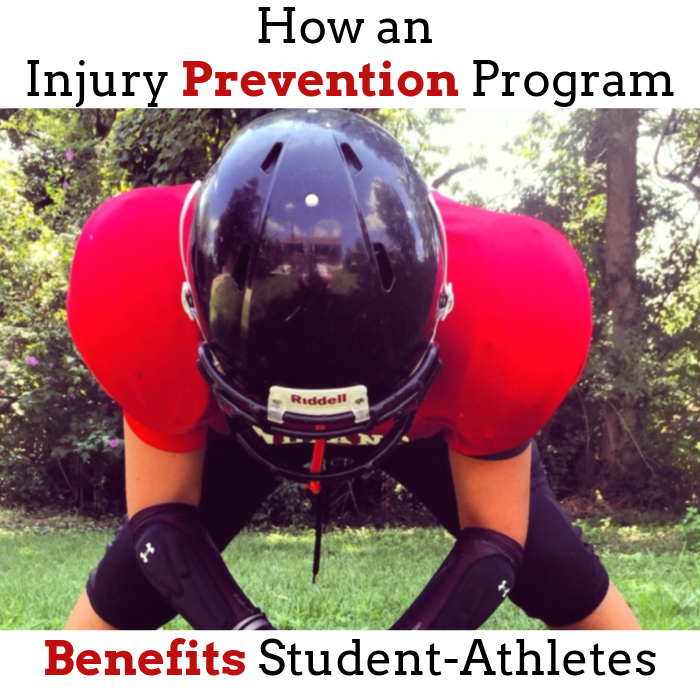

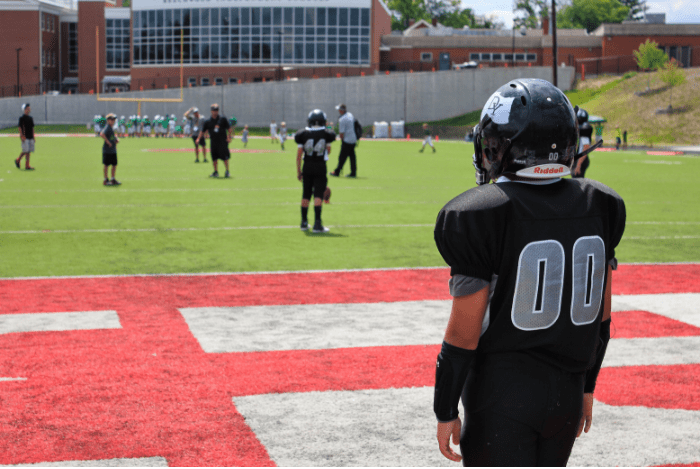

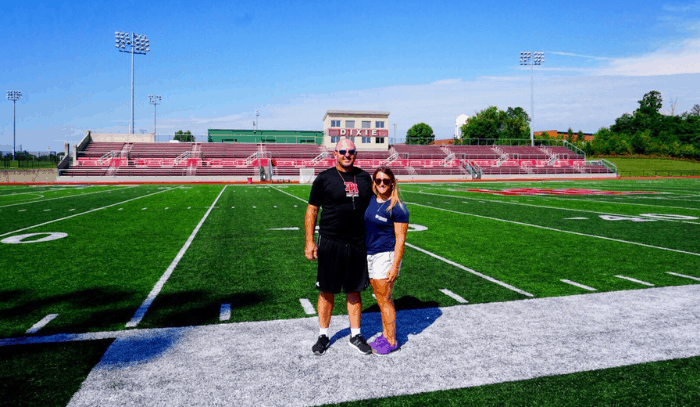
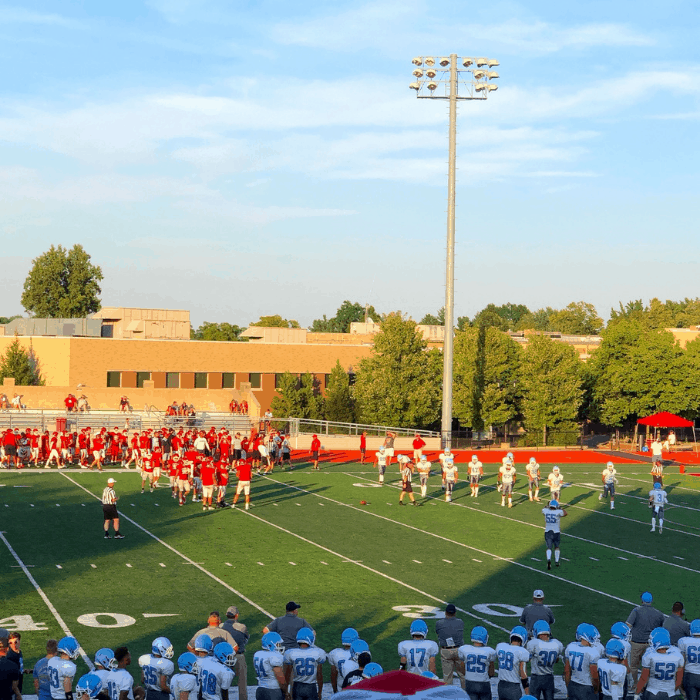
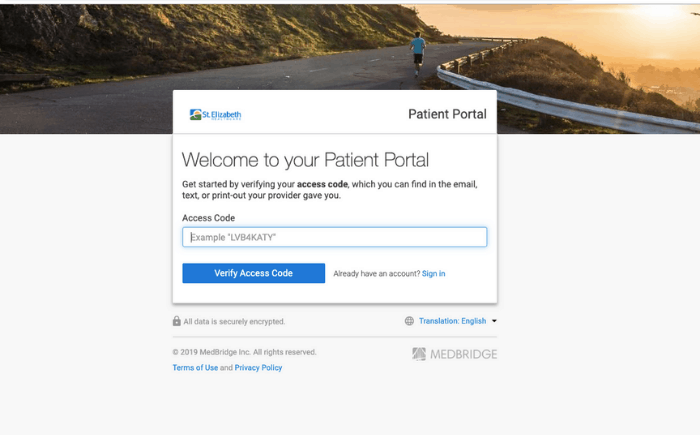
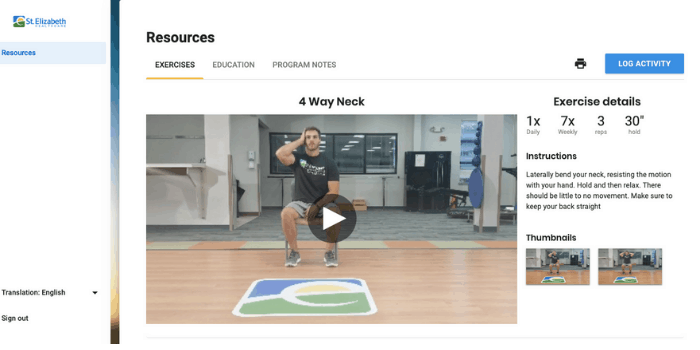
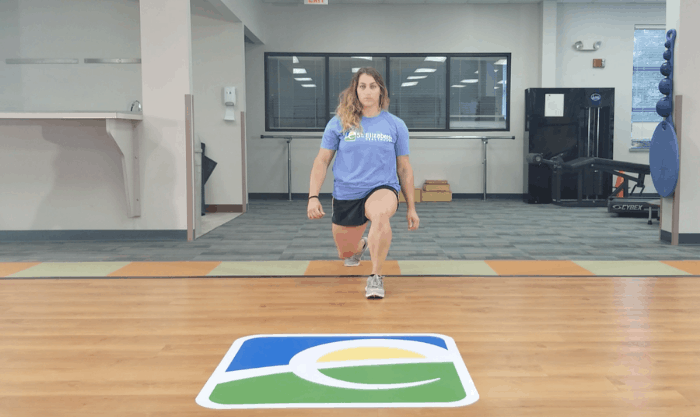
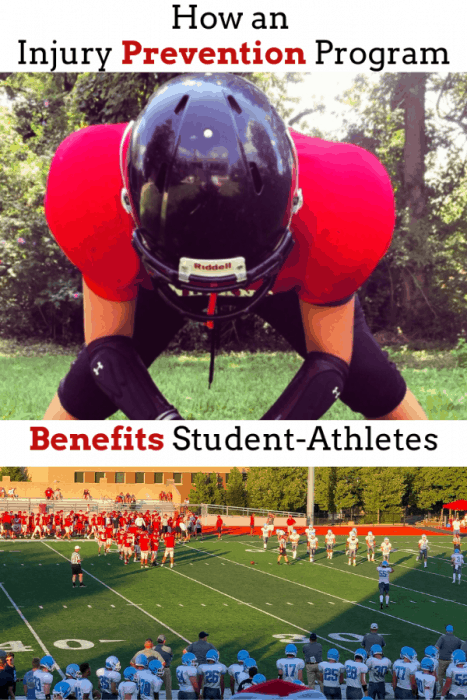
It’s the best idea of having an injury prevention program for students. As an athlete, it’s good that you have more ideas in order to prevent injuries. Sports really taught you in different ways, aside from being healthy, you can develop a lot of good attitude.
It’s great to learn that regularly practicing prevention exercises will help reduce injuries for student-athletes. My brother is wanting to play basketball at school and he is worried that he could get hurt. I’ll be sure to tell him to practice prevention exercises so he doesn’t get injured.